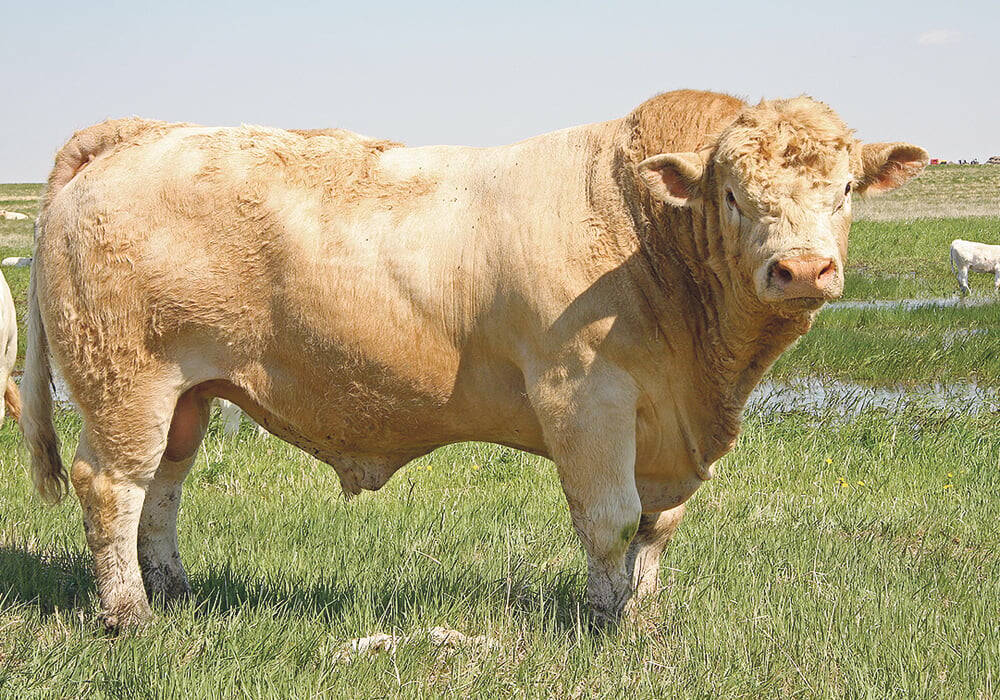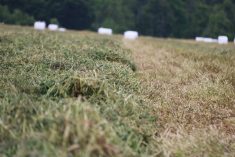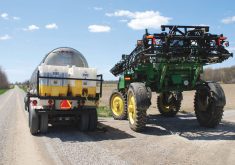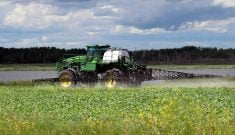Manitoba’s weed specialist says this year’s late harvest has thrown a wrench into many farmers’ fall control plans.
Normally, it is recommended that farmers wait four to six weeks after harvest to allow weed regrowth before spraying.
“This year, we just don’t have the calendar days to do that,” said Kim Brown-Livingston, Manitoba Agriculture and Resource Development’s weed specialist.
Read Also

New research sheds light on infertility in bulls
Southern Alberta researchers make ground-breaking discovery in sperm function examining male infertility in bovines
[RELATED] Is your water supply helping or hurting your tank mix?
For those who haven’t sprayed already, opportunities will be increasingly less favourable, she added. Ideally, spraying should be done when temperatures are above 8 C for a few hours before application.
Despite these challenges, Brown-Livingston said there has been a fair amount of spraying in recent weeks and she has seen a mixed bag in terms of weeds.
“We saw everything; a lot of very nice, very clean fields; a lot of fields that were really dirty; and everything in between.”
Weed issues were determined by how crops came up in spring. If they emerged quickly and provided good competition for weeds, fields are cleaner. In places with poor emergence and compaction, weeds appeared in the thinner areas.
There were also fields with severe weed issues.
“We did see some fields where weed control was just really unacceptable,” said Brown-Livingston.
“I know we had chem shortages, especially with glufosinate on canola. And timing that application was tough, because you only got one shot at it and you might not have gotten as much product as you wanted even with that one shot.”
[RELATED] Research team looks at sandblasting-style weed control
Saline-loving weeds continue to be a problem after last year’s drought and the dry years that preceded it. Brown-Livingston said she’s seeing a lot of kochia and foxtail barley that falls into that category.
The increasing incidence of waterhemp in the province is also a concern. It is a pigweed of the plant genus Amaranthus that has devastated crops south of the border and has developed resistance to most herbicide groups.

Waterhemp is one of three pigweeds classified as tier one weeds in the Manitoba Noxious Weeds Act. The other two are smooth pigweed and palmer amaranth. As the name suggests, waterhemp likes wet conditions, hence the uptick this year.
[RELATED] Timing is critical to scout for waterhemp
“A good competitive crop out-competes this weed quite well,” said Brown-Livingston. “This weed doesn’t like to be shaded so one of the best things we can do is grow a really good, competitive crop. And I think the really wet spring really made that difficult in a lot of places.”
Lamb’s quarters were also a problem this year. The province took seed samples during the weed survey and will plant and test them for herbicide resistance, but at this point Brown-Livingston said they haven’t discovered any.
Perennials include the usual suspects like thistles and dandelions.
“We don’t see quack grass as much anymore, but we do see a bit of it here and there,” she said. Perennials and winter annuals like cleavers became a concern last year because of the dry conditions and their use of much-needed soil moisture. They are less of a concern this year but may become more of a problem as farmers move toward less tillage as focus shifts to concerns over greenhouse gas emissions.
“I think that you’ll definitely start to see a shift towards more perennial weeds when you don’t have tillage as a tool to control weeds,” Brown-Livingston said.
















